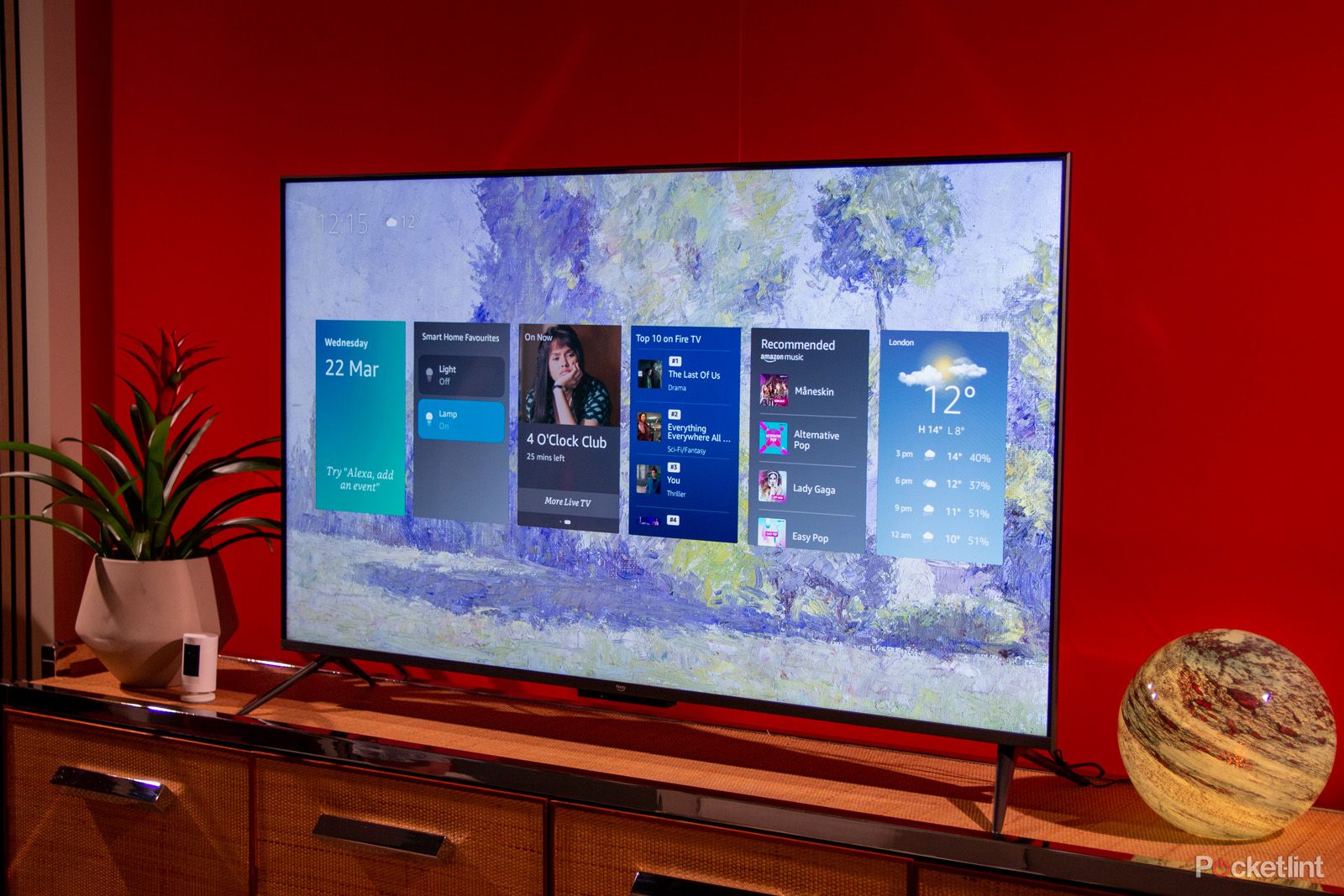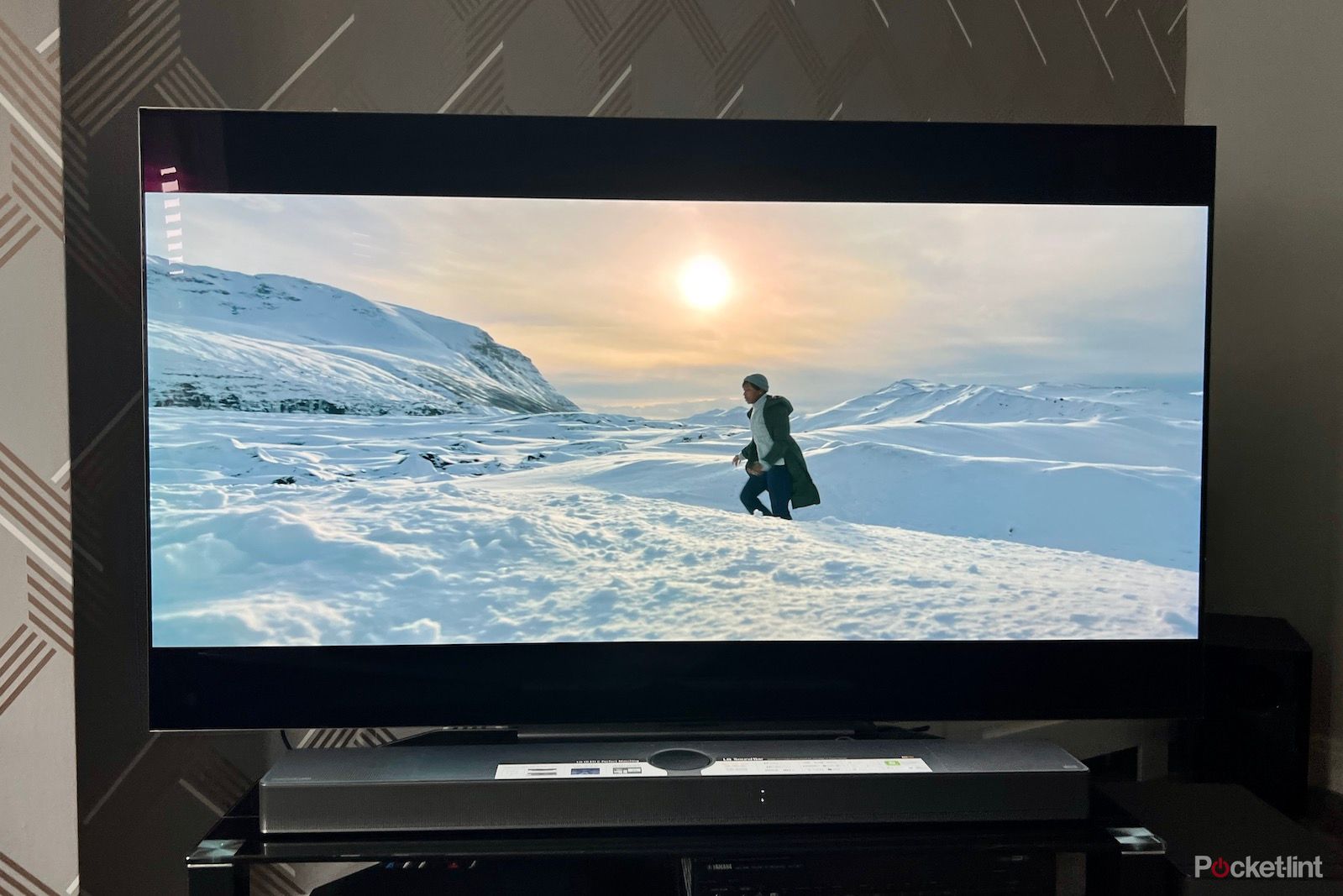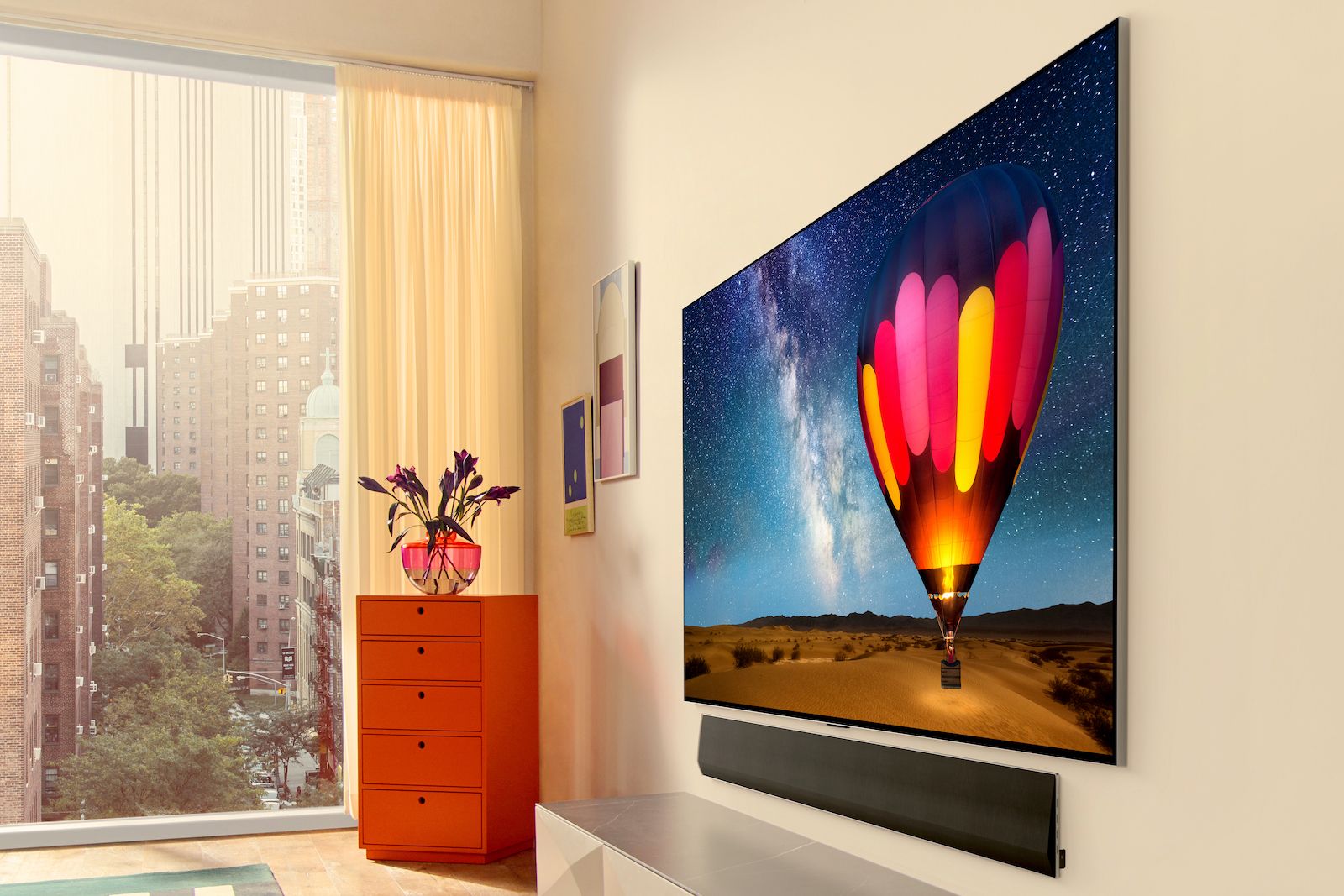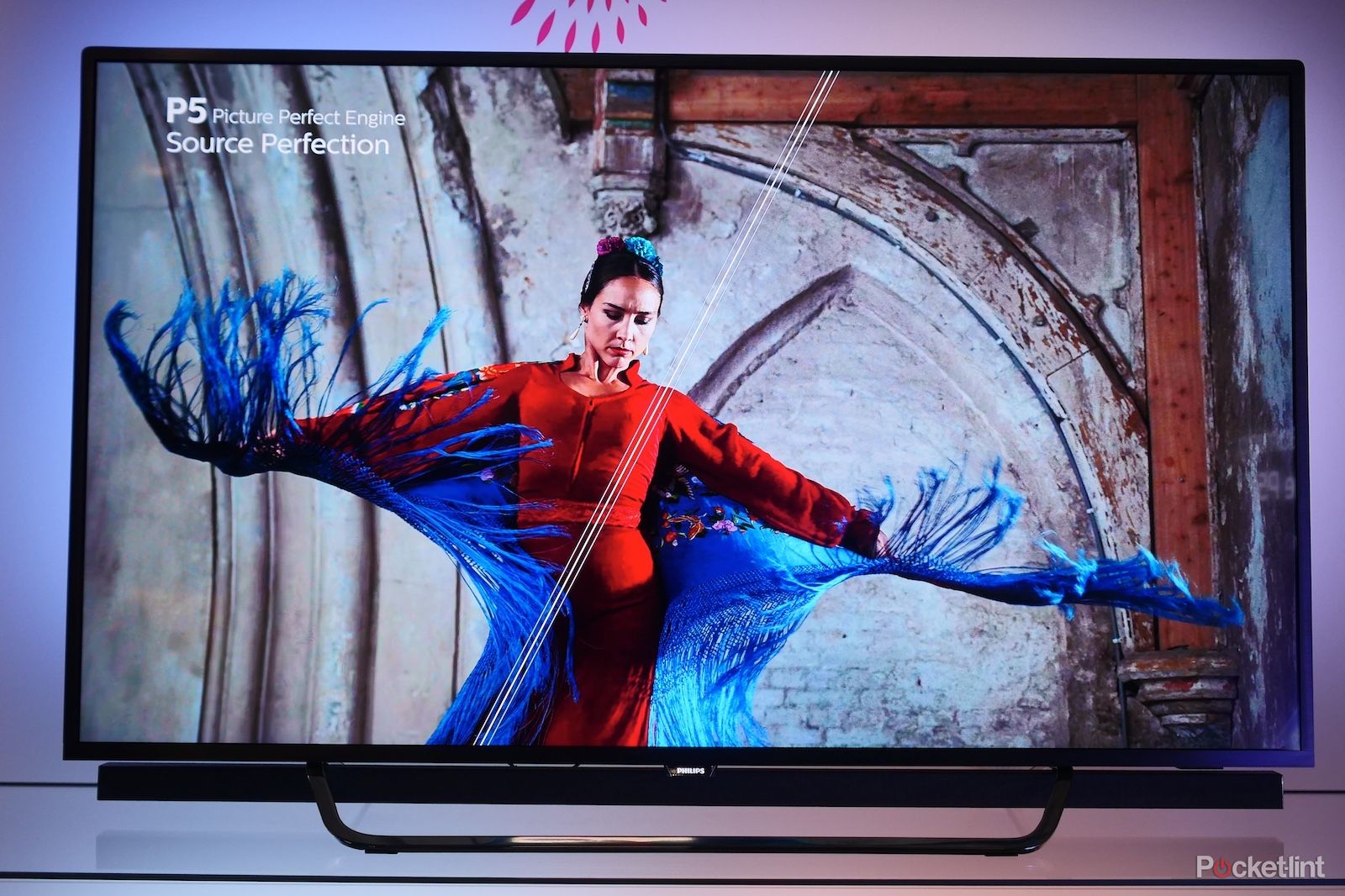Key Takeaways
- OLED technology is superior in image quality, with advantages in color, contrast, and overall viewing experience.
- QLED TVs are generally more affordable and offers excellent quality, with a brighter and more saturated picture.
- When choosing between an QLED and OLED TV, consider factors like budget, room lighting, and usage.
Shopping for a new TV, as fun as it is, can be overwhelming. Even though you don’t have to choose between a flat screen or a CRt anymore, there are many more subtle choices that you need to make when picking the best screen to accompany your home theater setup.
7 things to know about LG’s new C4 OLED TV
The LG C4 promises to be the most popular OLED in LG’s 2024 lineup. Here are 7 things to know before you buy.
If you’ve shopped for a mid-to-high-range TV in recent years, the terms you probably kept hearing were both “QLED” and “OLED“. These two acronyms quite mysteriously describe the types of the panels that popular TVs use, but even though they differ only by one letter, the difference in performance is quite a large one, making choosing the correct panel for you a crucial decision.
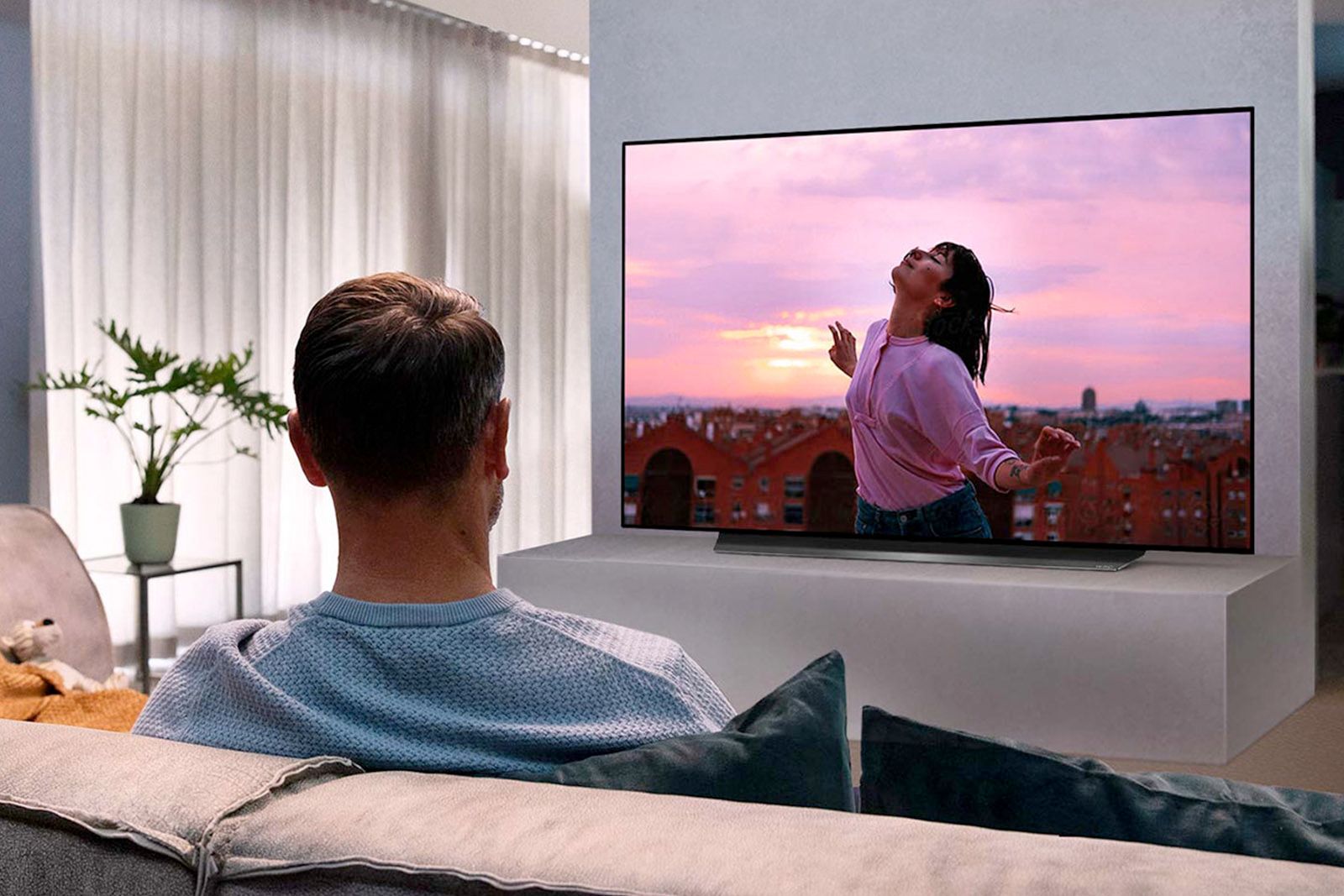
Best 65-inch 4K Smart TV: Amazing large Ultra HD TVs
When it comes to modern televisions, there’s an argument to be made that the bigger, the better. Here’s our pick of the best.
So, if you’re wondering what these acronyms mean and how they translate into image quality and your overall viewing experience, fear not. We break down the jargon and explore what they mean along with their respective pros and cons.
You should know right off the bat that, in general, OLED is considered the higher quality display technology, with advantages in color reproduction, contrast and overall image quality. QLED, on the other hand, is more affordable, while still maintaining excellent quality of your movies and TV. It gets more complex than that, however, so let’s get into it.
What does QLED mean?
QLED is an acronym that stands for “Quantum Dot LED” and it’s the current generation of LED technology. It uses an extra layer of phosphorescent crystals, also known as nanocrystals, to improve a TV’s overall brightness and color saturation. It otherwise works the same as older LED TV technology.
QLED is an acronym that stands for ”
Q
uantum Dot
LED
” and it’s the current generation of LED technology.
Each TV maker’s implementation is slightly different, so you’ll see several different labels for this when shopping for TVs. For example, Samsung uses Neo QLED, like on the Samsung QN90C Neo QLED TV, as it’s branding for its own QLED technology. Rest assured that if you see QLED in the TV’s name, it simply means that it has that extra layer of crystals that help increase its saturation and brightness.
Netflix
What does OLED mean?
OLED is another acronym that means “Organic LED” and it’s the most advanced TV technology there is right now. Each pixel is made from a material that lights up when it’s hit with a bit of electricity. Thus, each pixel is its own backlight and can light up independently of all the other pixels. This results in clean blacks, outstanding contrast, very low pixel response times, and better viewing angles.
OLED is another acronym that means ”
O
rganic
LED
” and it’s the most advanced TV technology there is right now.
Like QLED, every OLED TV manufacturer has a slightly different method of building these TVs. An example is the LG G3, which uses LG’s WOLED panels. Another is Samsung’s OLEDs, which use the company’s QD-OLED display. The underlying technology is the same. They just have slightly different implementations.
How do QLED TVs work?
QLED TVs work almost the same as a regular LED TV, except they have the extra quantum dot layer for the light to travel through. LED TVs work by having a backlight of some sort. The light travels through the various layers inside the TV, including the liquid crystal (LCD) layer and the quantum dot layer. The viewer sees a picture based on how the light is passed through the layer.
The quantum dot layer is quite important as it changes a few aspects of the TV. In QLED TVs, the backlight is typically blue instead of white. The blue light produces the blue you see on your TV set. When light passes through the quantum dots layer, the light refracts and changes to either red or green. The TV then mixes those colors together to produce the picture on your screen.
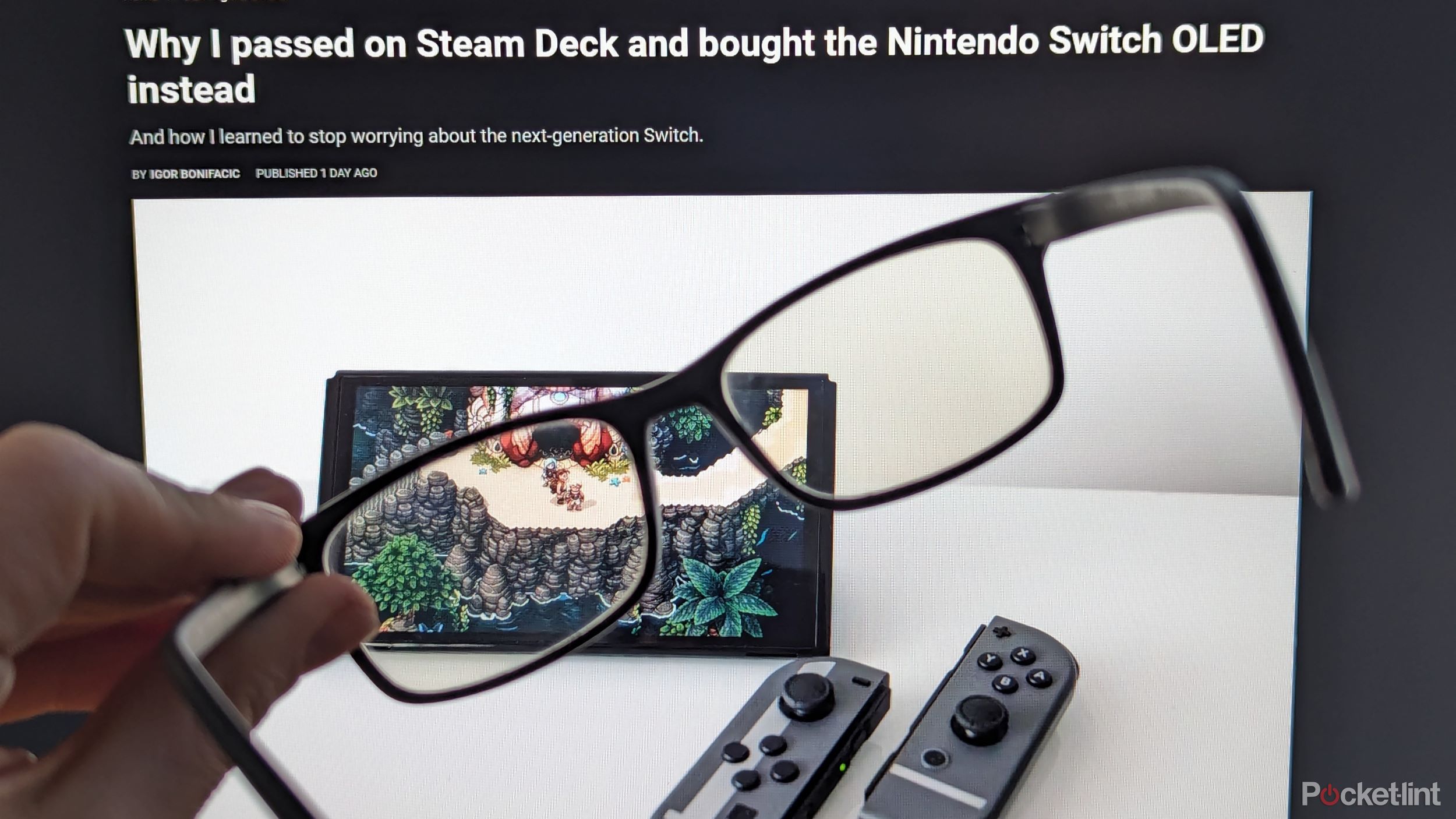
What is blue light and how does it affect you? Plus 3 ways to protect your eyes
Screens emit blue light, which can disrupt sleep and negatively impact your health, but there are ways to block it.
Since quantum dots don’t waste the energy from the TV’s blue light, it allows for a much more saturated red and green than you get from regular LED TVs, and the efficiency with which the light is refracted means that the TV is brighter overall. A quantum dot layer typically has billions of red and green dots, and it’s all somehow less expensive than OLED panels.
Since quantum dots don’t waste the energy from the TV’s blue light, it allows for a much more saturated red and green than you get from regular LED TVs.
LG
How do OLED TVs work?
OLED TVs are a solid-state semiconductor device comprised of several layers, including a substrate, anode, a conducting layer, an emissive layer, and multiple organic layers. The organic layers are where the “O” in OLED comes from. Unlike QLEDs, there is no backlight.
Generally speaking, OLED TVs use electrophosphorescence to emit light. The TV applies an electrical current that travels from the cathode to the anode layer, passing through the organic layers as it does. As all of this stuff passes through into the emissive layer, which causes the OLED to glow. The color depends on the organic layers and the brightness is determined by how much electricity is used.
There are several different types of OLED displays, with the biggest difference being the construction, order, and material choices of the various layers. For instance, WOLED panels, which LG uses in its OLED TVs, include color filters so that the panel can directly emit white light. Thus, instead of having RGB (red, green, and blue) subpixels, it has WRGB (white, red, green, and blue) subpixels.
QLED pros and cons
Like all things, there are good and bad things about QLED panels. For the below points, we’re comparing it directly to OLED panels. Also, these are generalized statements regarding QLED technology overall. Some manufacturers have brighter, more vivid displays than others.
QLED pros
- Generally less expensive than OLED panels.
- Excellent color saturation.
- Higher brightness ceiling.
- Larger number of available screen sizes.
- It has a longer expected lifespan and zero risk of permanent burn-in.
- A larger variety of options, although this depends on region.
QLED Cons
- Thicker than OLED panels.
- Less deep blacks and lower overall contrast ratio than OLED panels.
- Slower pixel refresh rates make them less good for gaming.
- Quality can vary wildly depending on backlight type, price range, and manufacturer. For example, mini-LED QLED TVs actually have respectable black levels and contrast, whereas cheaper, edge-lit panels can make blacks look gray and have noticeably worse contrast.
- QLED TVs tend to have less stutter, but more motion blur.
OLED pros and cons
When it comes to OLED technology, there tend to be more pros than cons. Of course, it also depends on the manufacturer.
OLED pros
- Nearly perfect black levels and contrast while still having excellent colors.
- Thinner than QLED panels
- Since OLED panels can turn black pixels off entirely, OLEDs typically use less power than QLED TVs.
- Better viewing angles.
- Better pixel response times, which reduces motion blur, makes it great for gaming.
- OLED TVs have no blooming. Blooming occurs when LED TV backlights cause bright objects on a dark background to have a halo of light.
OLED cons
- There is a risk of permanent burn-in. Technically, it’s more accurate to say burn-out. Each pixel is like a candle. Once you burn the metaphorical candle too much, it burns out, and causes permanent retention.
- OLEDs tend to have a shorter overall lifespan than LED TVs.
- They also tend to be more expensive.
- Not as good in bright rooms with lots of glare.
- OLED TVs tend to have less motion blur, but more stutter.
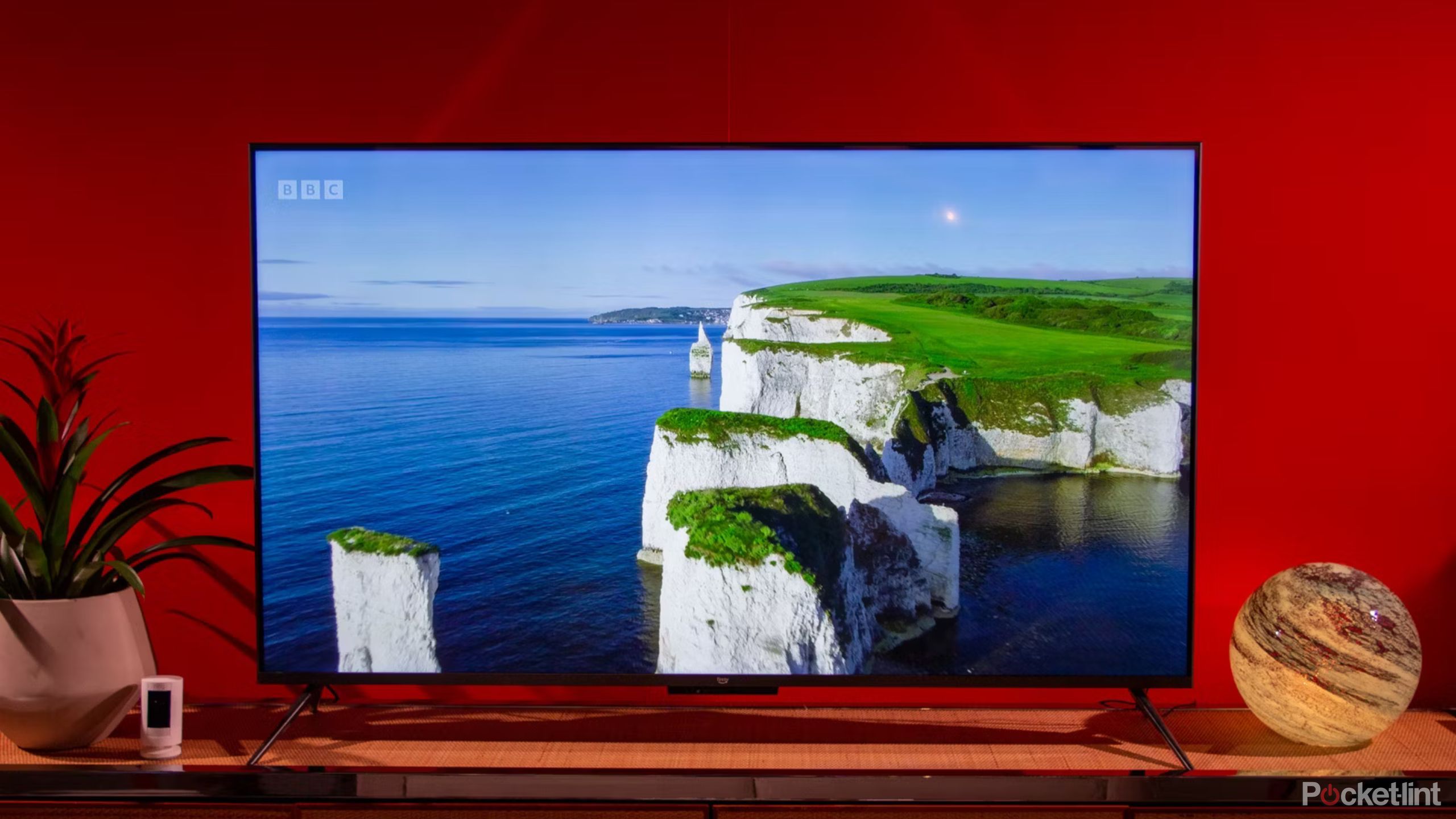
Best smart TVs: Beautiful hardware, intelligent firmware
Find your next living centerpiece from among these top-tier competitors.
Bottom line: Should you buy a QLED or OLED TV?
It depends on a variety of factors, like budget, living room set up, and what kind of media you intend to consume with it. There is no easy answer, but we have a few guidelines you can follow.
Buy a QLED if you:
- Want the brightest possible picture with saturated colors.
- Are putting it in a brightly lit room with a lot of glare.
- Want to shop in a wider price range, or if you want a smaller TV.
- Are looking for a TV that will last you a long time.
Buy an OLED if you:
- Want the highest possible contrast and the deepest possible blacks.
- Have a living room without a lot of glare.
- Intend on gaming with modern consoles like the Xbox Series X or the PlayStation 5.
- Don’t mind altering your habits a bit to prevent burn-in.
It’s also important to note that both technologies have been working on their flaws. Mini-LED TVs with an increasing number of dimming zones and more powerful processors to handle them have better contrast and deeper black levels than prior LED TVs, and some can cost less than $1,000. Meanwhile, modern OLED TVs are made out of better materials to improve their lifespans and have automatic maintenance procedures that help prevent burn-in. Some of the newest ones even boast that they shouldn’t experience burn-in at all, which you should take with a grain of salt, but such statements foreshadow a bright future for all the home cinema lovers.
FAQ
Q: Is QLED or OLED better?
Blow-for-blow, OLEDs are the better TV technology. The ability to self-emit light from each individual pixel gives OLED advantages that QLED can’t replicate. After all, blacks on a TV don’t get any deeper than the light being entirely off, and pixel response times on OLEDs are crazy fast.
That isn’t to say that QLED is bad. It’s that LED TV technology hasn’t caught up to the natural advantages that OLED TVs have. QLED TVs have natural advantages as well, like no burn-in risk, longer lifespans, and brighter panels. However, it is much more difficult to get a deep black than it is to get a bright white.
Q: Why is OLED better for gaming?
The big answer here is pixel response times. Pixel response time is how long it takes for a pixel to go from one color to another. OLED TVs have nearly instant pixel response times, which means cleaner motion and movement in a video game environment. Add to that, the excellent picture quality, exceptionally high contrast, and generally low input lag, and OLED TVs just do it all well.
However, many QLEDs have perfectly reasonable pixel response times. They’ll still introduce some motion blur, but not nearly enough to make games unplayable or unpleasant. You can still play modern consoles on a QLED TV and be perfectly happy with it. OLEDs just do it measurably better.
Ultimately, that’s why you see the trend to use OLED screens not only in TVs, but also in gaming-centric devices, such as portable consoles or gaming monitors. In the portable gaming world, both the Nintendo Switch OLED and Steam Deck OLED come with this screen technology, and even the highest-end gaming monitors, such as Samsung Odyssey G9, sport an OLED panel for its incredible response times, excellent contrast and color reproduction.
Q: Is QLED or OLED better for your eyes?
This is a very subjective question because there aren’t really any good academic studies about it, at least not yet. There isn’t likely a significant difference in terms of eye strain. However, different people are sensitive to different things, and you might just find some characteristics of these screens more unpleasant than others, especially if you’re a bit picky about how you want to view your content.
For example, OLED TVs have more stutter but less motion blur thanks to their high pixel response times. QLED TVs have more motion blur, but less stutter. So, if you’re sensitive to motion blur, OLED is a better choice. If you’re sensitive to stutter, QLED is a better option.
Trending Products

Cooler Master MasterBox Q300L Micro-ATX Tower with Magnetic Design Dust Filter, Transparent Acrylic Side Panel…

ASUS TUF Gaming GT301 ZAKU II Edition ATX mid-Tower Compact case with Tempered Glass Side Panel, Honeycomb Front Panel…

ASUS TUF Gaming GT501 Mid-Tower Computer Case for up to EATX Motherboards with USB 3.0 Front Panel Cases GT501/GRY/WITH…

be quiet! Pure Base 500DX Black, Mid Tower ATX case, ARGB, 3 pre-installed Pure Wings 2, BGW37, tempered glass window

ASUS ROG Strix Helios GX601 White Edition RGB Mid-Tower Computer Case for ATX/EATX Motherboards with tempered glass…


